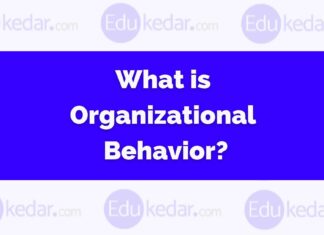What is Kaizen? Meaning, Definition, Types, 5s Process, Examples
Kaizen is a Japanese philosophy or system that is based on making good and positive changes on a regular basis. Here in this article,...
What is Organizational Behavior? Meaning, Definition, Models
Organizational behavior refers to the investigative study of individuals and groups, and the impact of organizational structure on human behavior and the knowledge to...
Types of Breakfast in Hotels, Continental, American, Setup, Menu
Breakfast is the first meal of the day and is served between 7:30 am to 10 am in a hotel. Hotels offer complimentary breakfast...
Types of Wine: Red, White, Rose, Sparkling, Dessert, Fortified
Wine is an alcoholic beverage generally made from the fermentation of unmodified grape juice. and it is made from other fruits and vegetables as...
Types of Hotels: Motel, Resort, Lodge, Inn, Accommodation Rooms
In this article, we talk about the Hospitality industry and how the hotel industry is introduced, the definition of the hotel, and the different...
Types of Menu in Hotel and Restaurant – Food & Beverage Service
A menu in any Hotel/Restaurant is a piece of paper card containing lists of all the dishes that are ready to sell in a...
Delegation of Authority: Meaning, Importance, Process, Barriers, Elements
Delegation is an administrative process of assigning a portion of the total workload to others by giving them responsibility. Today in this article, we...
Marketing Research Syllabus for MBA – UTU Dehradun
Marketing Research is a subject in management study and courses like PGDM, MBA, B.com, M.com, BBA, ..etc. Here we have shared all the topics...
Digital Marketing Syllabus for MBA – UTU Dehradun
Digital Marketing is a subject in management study and courses like PGDM, MBA, B.com, M.com, BBA, ..etc. Here we have shared all the topics...
Integrated Marketing Communications Syllabus for MBA – UTU Dehradun
Integrated Marketing Communications is a subject in management study and courses like PGDM, MBA, B.com, M.com, BBA, ..etc. Here we have shared all the...











